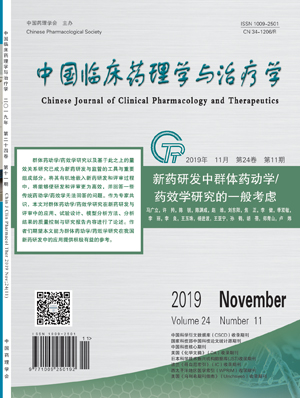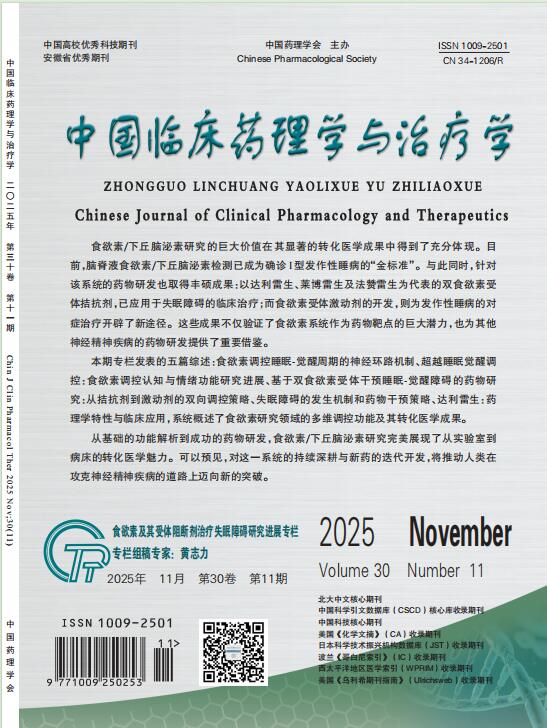AIM: To investigate the effects of salidroside injection on pulmonary vascular permeability in rats with septic shock induced lung injury induced by lipopolysaccharide. METHODS: Seventy-five Sprague-Dawley rats were randomly divided into control group, model group, positive control group, Sal-L group and Sal-H group. The control group did not receive any treatment. The model group was modeled by lipopolysaccharide, and the positive control group was modeled. After administration of 5 mg/kg dexamethasone, Sal-L group and Sal-H group were given 0.68 and 1.09 ng/kg salidroside injection, respectively. The lung histopathology and lung injury score (LIS) were compared, as well as lung wet/dry mass ratio (W/D), lung permeability index (LPI), Evans blue content in lung tissue, oxidative stress index [myeloperoxidase activity (MPO), malondialdehyde (MDA) , superoxide dismutase (SOD)], inflammation indicators [interleukin (IL)-1, IL-6, tumor necrosis factor-α (TNF-α), nuclear factor κB (NF-κB), phosphorylated NF-κB p65 (p-NF-κB p65), NF-κB inhibitor protein IκBa phosphorylated protein (p-IκBa)] expression. RESULTS:There were no abnormalities in the lungs of the control group; the general condition and the pathological changes in the lungs were observed in the model group, and the positive control group, the Sal-L group and the Sal-H group were improved to some extents compared with the model group. Compared with the model group, the LIS, W/D, and LPI in the Sal-L group and the Sal-H group were decreased in a dose-dependent manner (P<0.05). Compared with the model group, the content of Evans blue in the tissue in Sal-L group and Sal-H group decreased in a dose-dependent manner (P<0.05). Compared with the model group, the MPO and MDA in the Sal-L group and the Sal-H group decreased in a dose-dependent manner, and the SOD was dose-dependently elevated (P<0.05). Compared with the model group, IL-1, IL-6, TNF-α, NF-κB mRNA and p-NF-κB p65, p-IκBa protein in Sal-L group and Sal-H group was decreased in a dose-dependent manner (P<0.05). CONCLUSION: Salidroside injection can improve pulmonary vascular permeability and reduce pulmonary edema in rats with septic shock and lung injury. The mechanism may be related to anti-oxidative stress and inhibition of inflammatory response.


